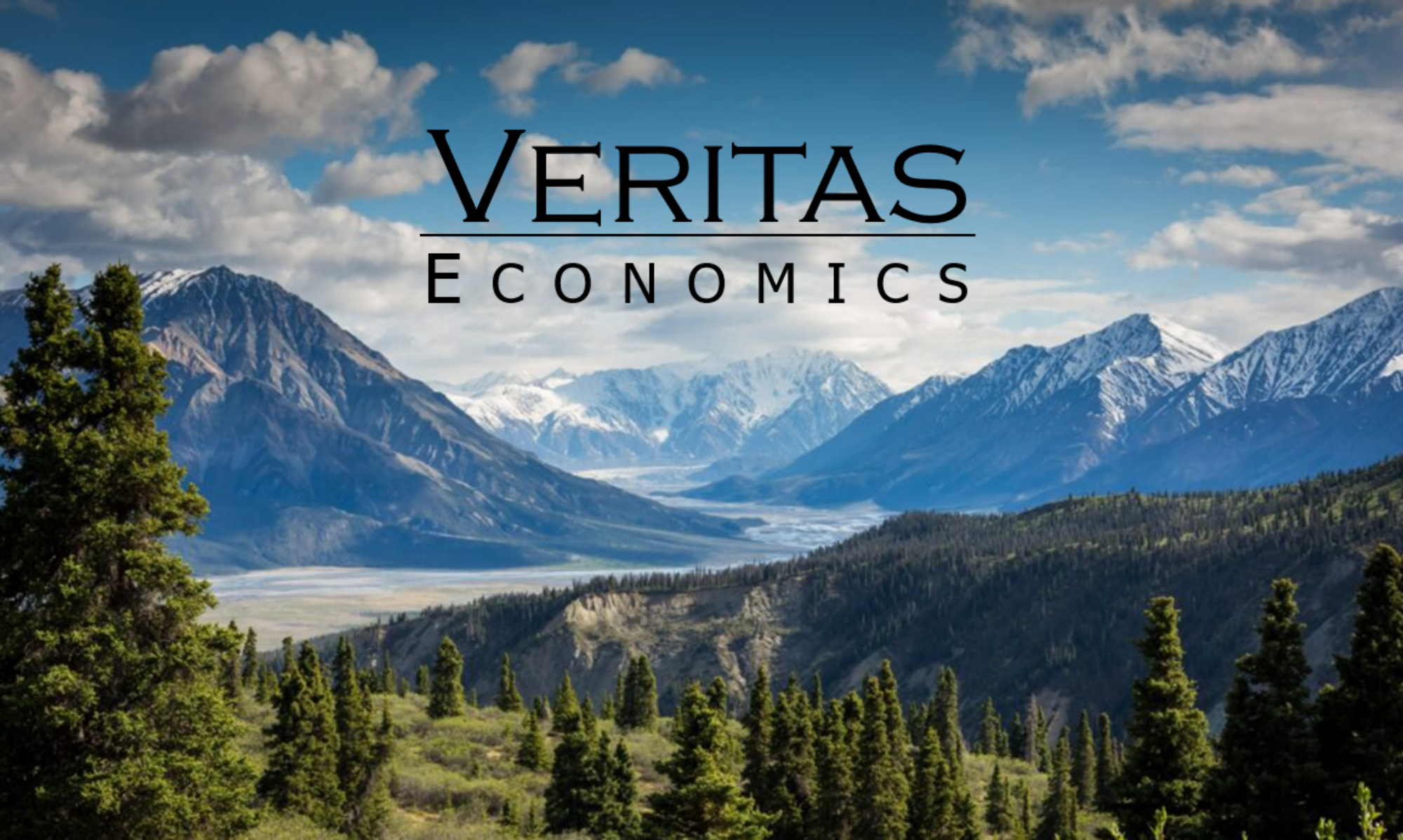Faced with the spreading coronavirus, many state and local governments have implemented versions of shelter-at-home and social-distancing requirements. These policies have similar objectives and approaches; all seek to slow coronavirus spread by limiting human proximity and contact. Underneath this surface similarity lies a diverse mixture of sub-policies and levels of adherence to them. The resulting natural experiments will further our population-level understanding of policy effectiveness. In addition, controlled experiments and simulations are already revealing the relative importance of various sorts of exposure providing stronger foundations for interpreting population-level results.[1]’[2] In future waves and similar pandemics, the resulting information will inform the development of optimal policies to reduce transmission rates.
One expected and already apparent result is that there is more than one way to reach a given transmission target. In such cases, policymakers typically identify the least burdensome and most sustainable approach using some concept of costs. Veritas provides quantitative socioeconomic cost information decision-makers need to develop optimal transmission rate reduction policies. Our offerings include regional economic cost summaries and detailed regional analyses as well as custom survey research and economic modeling and reporting.
Regional Economic Cost Summaries
Veritas provides county and municipality specific reports to help decision-makers understand the socioeconomic burden of transmission reduction policies. These reports contain tables that are specific by month, industry, activity, income group and policy. Quantitative estimates provided include economic impacts and social costs.
Economic impacts arise from reductions in economic activity. Economic impacts are estimated using predictive input-output models that represent relationships between consumers and business sectors of the economy. Economic impact results include impacts to jobs, taxes, and expenditures by month, policy, and industry. Although economic impacts are commonly discussed, a more abstract but relevant metric is social costs.
Social costs can be thought of as societies’ willingness-to-pay to obtain different outcomes. Although some of these arise from economic impacts, social costs value these impacts and include other considerations. For example, an economic impact assessment evaluates job losses. Social cost considers the value of those jobs based on the willingness-to-pay concept. Whereas economic impact measures the reductions in expenditures for restaurant visits and elective surgery, social costing considers the value society places on lost profits, forgone restaurant trips and the burden of putting off a knee surgery. Not all social costs arise from economic impacts. For instance, a park closure would reduce park visits. While park visits do not typically appear in economic impact data people do have a willingness-to-pay to visit parks.
[1] For example, the “Covid-19 Case Cluster study” follows a representative sample of people to understand how the virus is spread through surfaces.https://www.thelocal.de/20200402/how-german-scientists-hope-to-find-answers-on-coronavirus-in-countrys-worst-hit-spot
[2] A recent simulation study provides insight into airborne transmission distances when people are undertaking different activities https://medium.com/@jurgenthoelen/belgian-dutch-study-why-in-times-of-covid-19-you-can-not-walk-run-bike-close-to-each-other-a5df19c77d08
